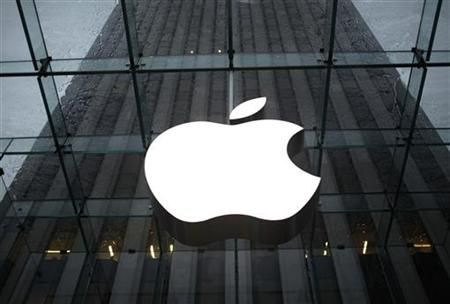Apple iOS, Mac OS X to be Merged into Single Platform: Analyst

Jefferies & Co. said Apple Inc. is looking to merge iOS (iPhone/iPad) with OS X (Macs) into a single platform for apps and cloud services starting next year.
We expect the OS merger to start in 2012-13 and complete in 2016, said Peter Misek, an analyst at Jefferies. Users want to be able to pick up any iPhone, iPad, or Mac (or turn on their iTV) and have content move seamlessly between them and be optimized for the user and the device currently being used.
Misek believes this will be difficult to implement if iOS and OS X are kept separate. He believes Apple is ready to start sampling the A6 quad-core app processor, which will be the first such multi-device platform capable of PC-like strength.
Misek believes a partial merger with a seamless user interface will drive units and revenues starting in 2012-2013 while the final merger will drive bills of materials (BOM) and research and development (R&D) synergies starting in 2016.
After the hardware platforms are combined on 64-bit, we estimate Apple could have a 25 to 125 basis-point uplift to margins from BOM and R&D synergies due to economies of scale and the need to only maintain a single OS development team, said Misek.
The cloud will form the center of Apple's strategy, allowing users to effectively keep their identity and content profiles in the cloud, Misek believes. Users will log on to a device where the profile, content and apps will be customized and optimized for the device.
HTML 5 is hugely disruptive and effectively turns everything into an app. Also, local storage will enable users to interact with content while the user is offline from a wireless network.
Misek said app developers and content developers want the ability to treat the Apple ecosystem as one and address a huge installed base. There are significant revenue and cost synergies for Apple merging its ecosystem.
A larger addressable audience for advertisers likely provides a significant boost to iAd. A tighter ecosystem likely benefits Apple ecosystem stickiness and could increase churn on competing platforms.
A preview of a beta version of iCloud shows the merger happening with syncing across platforms. Misek said his preliminary view is that Apple can use a 32-bit ARM architecture to address the vast majority of the OS X ecosystem's needs in 2012-13 except for high-end professional devices.
When 64-bit ARM is available in 2016, we believe Apple will have a single OS and hardware architecture. We believe the main software advantage is seen with computationally intensive programs like Adobe's Creative Suite, said Misek.
He believes these types of programs are mainly used by professionals and prosumers on Macbook Pro notebooks and Mac Pro desktops.
Misek says 4GB of addressable DRAM (32-bit address space) is likely to be viewed as sufficient for lower-end client (i.e. iPhone, iPad, and Macbook Air) applications. iPhone and iPad currently use 512MB of DRAM while Macbook Airs use 2GB or 4GB.
Finally, Apple has an architecture license to the ARM core, so Misek cannot completely ignore the possibility of Apple leading ARM on 64-bit development, though he would put a low probability on it.
Apple stock is currently down 0.70 percent at $371.45 in the pre-market trading on the NASDAQ.
© Copyright IBTimes 2025. All rights reserved.





















